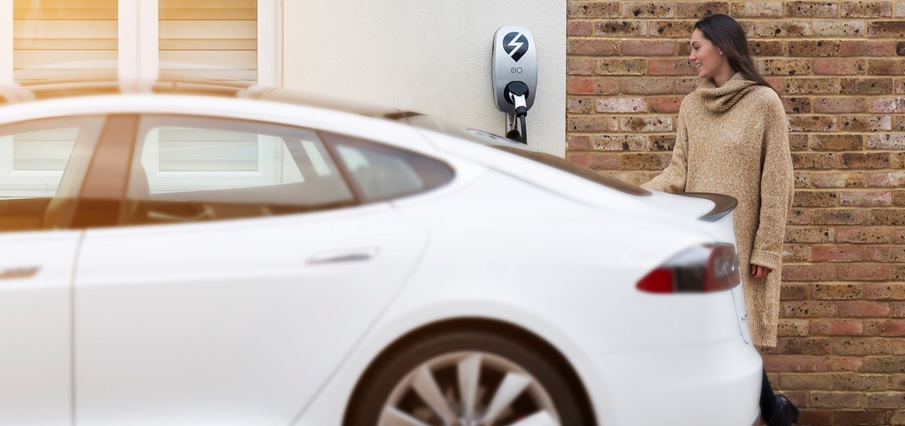Are electric vehicles and EV charging going to crash the grid?

Do we need to worry about EV Charging Stations crashing the Australian Power Grid?
Electric Vehicles (EVs) provide consumers and society the opportunity to reduce harmful greenhouse gas emissions whilst at the same time providing some valuable cost savings opportunities. EV’s don’t produce the same amount of emissions as a regular petrol-powered internal combustion engine vehicle, and will naturally become greener as more and more renewable energy is added to the grid.
However, the recent increase in the popularity of EVs has prompted concerns that the current electric grid in Australia and it’s respective states, may not be capable of handling the spikes in household electricity consumption associated with increased EV uptake. One has to look no further than the Speight of rolling blackouts seen in the Adelaide and Victoria last summer. The issue with increased demand on the grid from Electric vehicles is that this would necessitate costly upgrades to the electricity infrastructure, and possibly even expensive increases in generation and transmission capacity.
The good news for all Australian’s is that Electric Vehicles and the high levels of EV Charging stations won’t crash the grid. A recent analysis of data from California, where over 40,000 Electric Vehicles were registered in 2017 accounting for 2% of all vehicles, has shown that the effects on the grid have been minimal and in fact are not even coming close to “crashing the grid”.
The report has found that the most effective way of shaping EV drivers behavior is by initiating a time of use EV Charging rates, which encourage EV Drivers to do the majority of their EV Charging at “off-peak” times. Given an electric vehicle charging can draw rates close to that of a single-family dwelling, it is important from early on in the piece to encourage this habit early amongst EV drivers who are new to EV charging. Given the smart connected EV Charging stations and EV’s, EV charging can be set based on a timer and remotely managed often by smartphone applications or wirelessly to take advantage of these advantageous rates.
In addition, as more and more Australian homes integrate Solar (PV) systems with Battery Storage and EV chargers, then this green ecosystem will further offset and possible implications on the grid stability.


